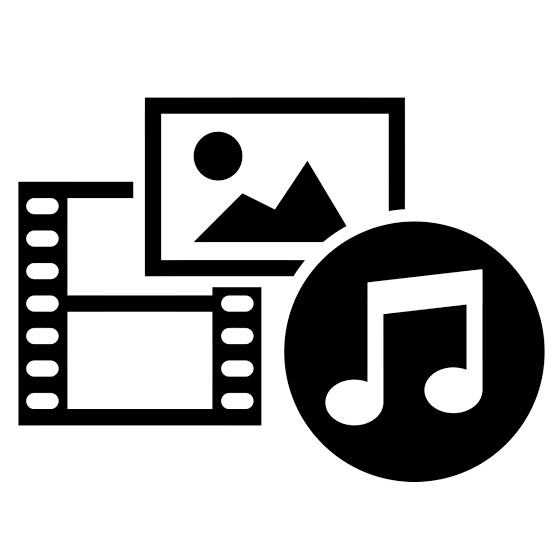In the present age of digitization, communication, networking, and social networking, apps are the most popular applications. Audio and visual elements are among critical checkpoints in an app. The audio-visual capabilities must work smoothly and flawlessly to provide a high-quality user experience. The client/server architecture of the multimedia app must respond adequately and deliver the audio or visual output effectively. A well-designed media app should handle the audio and video data as expected without faltering under real-world user conditions.
The term audio-visual refers to both sound and pictures. An audio-visual test of any electronic or digital equipment helps to ensure regulators, retailers, and consumers, that the system is effective, secure, and compliant with the regulatory protocols. Testing and certification of audio-visual equipment will enable the stakeholders to optimize it and succeed in the target market. The stakeholders can conduct audio and visual test online on the audio-visual integration to validate the functional aspects of the multimedia app.

The growing expectations of the marketplace require you to release a high-quality app that can deliver according to customer expectations. Modern-day applications have a complex architecture to help meet the target customers’ needs. Hence, it integrates both audiovisual elements to provide compelling UI, functionality, and performance to users. If your messaging app has video call capabilities, you need to subject the audio-visual elements to various tests. You must assess how slow or bad network conditions affect the video quality. Does the video frame rate drop, colors get distorted, or the video output looks erroneous? With the audio-visual (AV) integration platform, you can subject the app to necessary tests and optimize its functional aspects.
What is audio-visual integration?
Audio-visual or AV Integration combines hardware components with audio and visual output with the help of communication paths. It helps to create a unified system consisting of a user-friendly control interface. With the use of switches and intelligent programming, the various visual devices are integrated. When bringing the multiple devices together, you need to take account of the following:
- How to use a single interface to control all the devices efficiently.
- How to get the various technologies to work together (with the help of switches and connection ports).
What is QoE in Audio-visual Testing?
Measuring the quality of audiovisual content is not easy. This aspect is conditioned by objective measurement, but it also depends on subjective assessment. The latter element is more difficult to determine. When an app processes an audio-visual chain to produce audio and video may degrade due to the entire workflow of acquisition, compression, transmission, processing, and visualization. These fluctuations tend to impact video quality and significantly affect end-user experience.
An important metric to measure how the audio-visual service impacts UX is quality of experience or QoE. It is a holistic concept that helps measure the overall level of customer satisfaction. QoE represents how good an audio sounds, how good a video looks, and how effective is the combined audiovisual content. It also helps gauge its interactivity with an audiovisual service.
What is Mean Opinion Score?
Mean opinion score (MOS) is a standard indicator of media quality. MOS is an excellent measure of Quality of Experience (QoE). It is helpful in profiling the quality of audio and video content. A score of 3.5 and higher is necessary for high-quality service.
- MOS score of 5 defines excellent quality, with imperceptible impairment. The user will not have to put effort into understanding the language.
- MOS score of 4 indicates good quality, with perceptible impairment. The users must listen attentively, but they do not have to put any effort to listen.
- MOS score of 3 indicates acceptable quality, with annoying impairment. The users can hear the speech with slight effort.
- MOS score of 2 indicates poor quality, with very annoying impairment. The user needs to input effort and concentration to understand the transmitted language.
- A MOS score of 1 indicates terrible quality, and in such scenarios, communication is not possible.
Uses of Audio-visual Integration Platform in Software Testing
The audio-visual integration platform has many variables. It brings together various technologies to function as a unified whole. AV platform acts as a valuable solution for software testing purposes. It helps capture the user experience of real media devices by including actual screen and audio output. By deploying the audio-visual integration platform in-app testing platform, testers can recreate the pathways of end-users and test functional front-end audio-visual elements of the app to improve its consistency and reliability.
Using the audio-visual integration platform MOS, developers and QA teams can resolve issues and enhance the mobile audio-visual experience, resulting in satisfied customers. It helps improve the app’s end-user experience, to maximize its receptivity in the marketplace.
To Conclude:
It is essential for mobile app developers and QA teams to ensure that the app delivers audio-visual content on real devices in actual network conditions optimally. Deploying an AV platform for testing these aspects can enable the testers to evaluate how the app will deliver these functionalities to rectify them accordingly.

As the editor of the blog, She curate insightful content that sparks curiosity and fosters learning. With a passion for storytelling and a keen eye for detail, she strive to bring diverse perspectives and engaging narratives to readers, ensuring every piece informs, inspires, and enriches.









